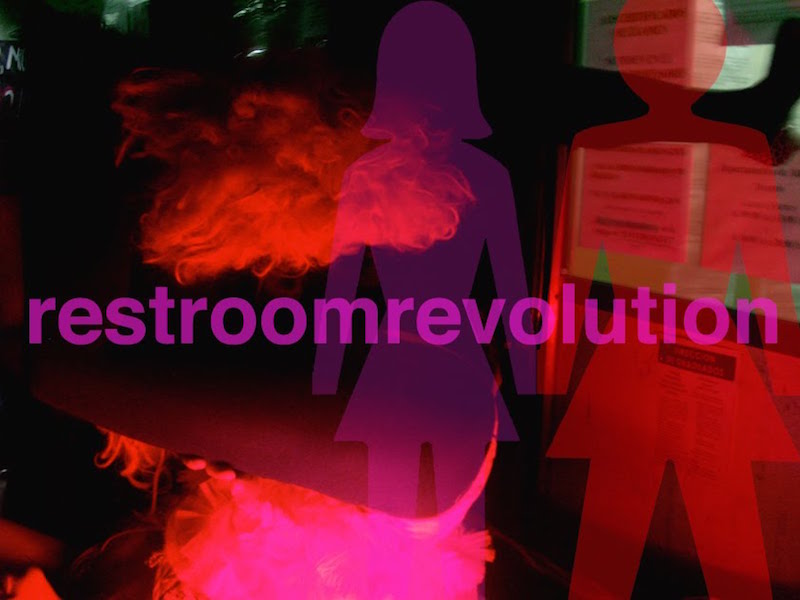(Above: Claudia Fontes, Reconstruction of the portrait of Pablo Míguez, Water reflections from the Río de la Plata on mirror-polished stainless steel figure, 170 x 50 x 70 cm, 2000/2010, Floating on Río de la Plata, coordinates: 34° 32, 3660 S / 58° 26, 2575 W)
By Syd Krochmalny
Translated from Spanish by Alexandra Goldman
New generations of artists are required to have an excessive confidence in order to achieve an image of the present that gives meaning to history. Just as living beings demand rights, so does the past. The artist, like the flowers that turn their corolla to the sun, turns into a flash of light that illuminates the sky of history. But more than the sun is a lightning bolt that flashes in the final moment before the truth vanishes. With the necessary tools and in the kairos, an image is produced that, in the instant of being revealed, looks toward the void. To capture the image of history is not to recognize it as it is, or has been, but rather to take ownership of it. To grasp the present is like going through the moment of danger of sudden death. The artist combs history against the grain.
There is a way of making art in which its procedure can be defined as the image that condenses an event of history. It is the image which is capable of capturing the state of exception as that of a catastrophe; that of a heartrending event. But this condensation is not a representation, nor an illustration, but an interpretation. It is not an understanding of an external derivative, but the ability to produce a visual event. It is in the articulation of historical forces, language and visibility when a significant work of art is produced. In turn, this image is not linearly related to the meaning of a historical fact, but rather, establishes a poetic in the relationship between the image, its materiality and its process.
Some examples of this type of work are the Reconstruction of the portrait of Pablo Míguez by Claudia Fontes that condenses the horror of forced disappearances, especially with the case of a 14-year-old adolescent named Pablo who was abducted on the morning of May 12, 1977 by an operative group of the Argentine army that went to look for his mother and her partner, militants of the People’s Revolutionary Army (ERP). Once they were all gathered in the clandestine detention center known as “El Vesubio,” in the Buenos Aires county of “La Matanza,” Pablo was transferred to the ESMA. Afterwards, his course was ignored. Nobody heard anything more about him. Pablo Míguez never appeared. To this day the Armed Forces must be accountable for an explanation.

Another example is June 26, 2002, or Los Fusilados (Homage to Goya), by Tomás Espina that recovers, in an instant, one of the worst moments of the history of Argentine democracy: the savage police repression of a demonstration by piqueteros groups that concluded with 150 detainees, four seriously wounded with lead bullets, another 90 injured with rubber bullets, and with the assassination of Darío Santillán and Maximiliano Kosteki at the Avellaneda railway station during the interim presidency of Eduardo Duhalde.
These works are the figurative condensation of an entire set of relationships between the aesthetics of materials, procedures and contextual elements that, like a kaleidoscope, produce new constellations of meaning. Images are not facts that exist by themselves, they are produced by artists who throw them into the sea as a message in the bottle that must be translated because each image is like a hieroglyph that must be interpreted. The image, as a constellation of meaning, can condense a “monad” that allows for the emergence of an object. The object needs to open itself in a monadological insistence that reveals the meaning of the story. The monad reveals the non-identity of the object, and the story expresses itself through its negative revelation. Images can disappear like dreams, or can be objectified to condense the singularity of a revealing historical event. This way, a memorable fact is constituted that articulates history with its anguish.

Syd Krochmalny is an artist and writer. He published “Journals of Hate” by n direcciones, “Weak” by Pánico el Pánico, and edited and introduced “Dreams” by Gino Germani in Idilio Magazine with photomontages by Grete Stern, Caja Negra, 2017. His recent exhibitions include Lo prometido es deuda at Centro Cultural de la Memoria Haroldo Conti, Museo de la Memoria y de los Derechos Humanos, Buenos Aires, Argentina, October 2019-February 2020; Proyecto Casamario at Subte, Montevideo Uruguay April-July 2019; Hate in America curated by Alexandra Goldman, SENA Space, NYC; Arte Bebo, Gallery 50, New Jersey, August 2018; Assemblage #10 Engager le corps, Paris, February-March 2018; Useless Landscapes, Gallery 50, New Jersey; Guiñadas Gráciles: Looking Out for the Queer in Latin American Video Art, organized by the David Rockefeller Center for Latin American Studies at Harvard (October 23, 2017 to April 10, 2018) and curated by Joaquin Terrones, Preceptor in Expository Writing at the Harvard College Writing Program and Lecturer in Literature and Women’s and Gender Studies at MIT; VIA VIVA, Los Angeles, Curated by Alina Perkins, etc.
















